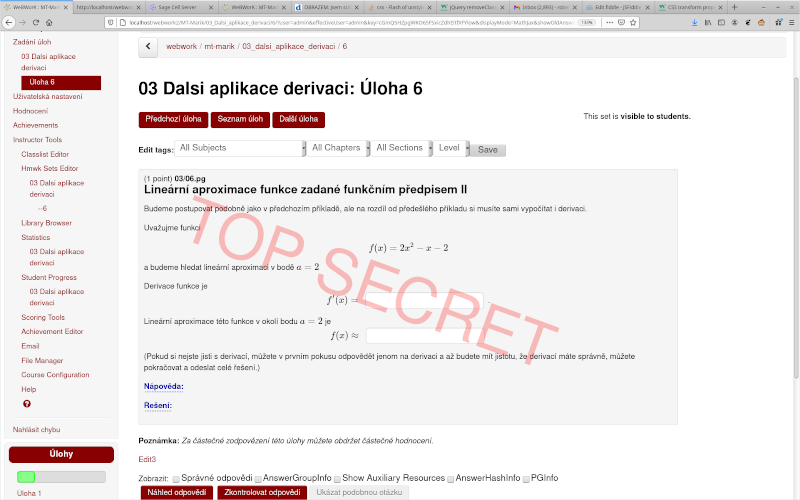I think that the only option is to trust that the students do not cheat.
There is always a possibility how get remote help. I can provide provide remote access to my PC and nobody knows, it the answers are from my keyboard or from the keyboard at another PC in another part of the world. However in my case it is somewhat easier to trust the students, since only about 10 milion people in the world speak Czech and the number of people which are ready to solve your math questions in Czech is smaller compared to English. Especially if the text is something longer than "Simplify" or "Evaluate".
I do not know chegg.com, but here are few hints which work for me.
1. Do not ask "Differentiate", ask "Find rate of change". Many people providing help during exam like simple a straightforward problems. They recognize this as something less typical than simple differentiation and refuse to help you (These people look for easier job.)
2. Do not ask "Integrate", ask "Find the change from the rate of change". The same as above.
3. You can try some psychology. :) I turned Achievements on during the course. The students have seen some messages and I told them, that this is some side effect of the attempt to map the route how they solve problems. And that this can be used to catch some signs of cheating. For example, if someone fills all answers in last 5 minutes. They are not sure what exactly I track. They probably consider the worst scenario that some artificial intelligence is monitoring the process of problem solving and sends alert to the instructor if the behaviour has marks which arise when cheating.
4. One more serious idea. I am not sure if it will work, however: You can provide any Javascript code in the theme files. This code can hide some parts of the test and this disallows the work on some problem when some condition is met. Of course, this can be broken by manipulating Javacripts in the browser, but think about the price. IMHO it is easier for many people to learn derivatives or line integrals, than to learn how to break your code. See the file /opt/webwork/webwork2/htdocs/themes/math4-green/math4-overrides.js . Another disadvantage is that this file is server-wide so this is usable only if you run server for few courses. And needs a lot of coding and testing before you use this for real exam.
There are many different approaches to prevent cheating and the development is fast. I think that it is reasonable to keep the original mission of WeBWorK (deliver homeworks) and use some third party tools to prevent cheating. Using webcams and Zoom is one of the ideas.
